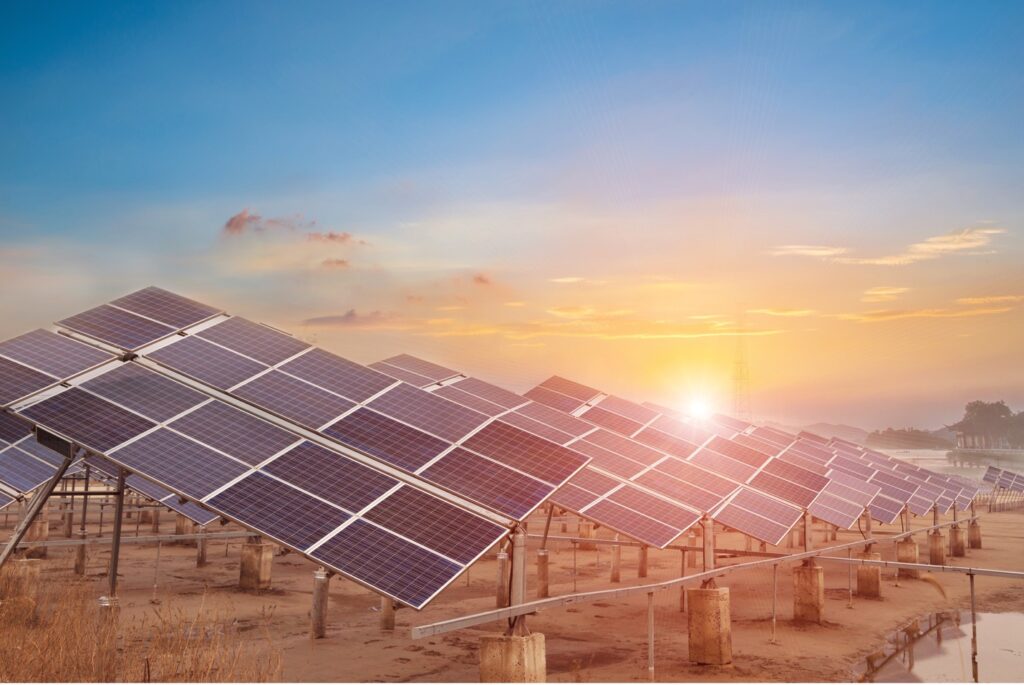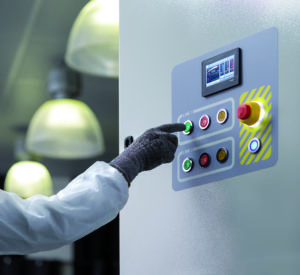The growth of distributed energy resources (DERs), such as solar photovoltaic (PV) panels and battery storage, is accelerating traction for DER aggregation platforms such as microgrids and virtual power plants (VPPs). Though related, these two concepts are distinct.
Microgrids are a set of resources located within a confined boundary that leverage onsite generation and storage. They generate electricity when the grid goes down, optimize for energy cost savings or provide electricity to regions where a traditional grid network is not in place, such as Africa, Latin America, and parts of the Asia-Pacific region.
VPPs, on the other hand, are a temporary aggregation of DERs that can help balance the larger grid through demand response or frequency regulation. (For more details on the similarities or differences, see this blog.)
Working together, microgrids and VPPs can help deliver significant synergies to create a more reliable and sustainable electricity infrastructure while also delivering immense economic benefits.
Growth of microgrids and virtual power plants
The growth of microgrids and VPPs is being driven by several factors, including:
- the increasing and volatile cost of electricity,
- the need to decarbonize the global economy,
- the desire for more energy independence, and
- new technologies that make microgrids and VPPs more efficient and affordable.
As the growth of DERs continues, microgrids and VPPs will play an increasingly important role in delivering essential energy services. These DER portfolios are vital to the world’s decarbonization efforts, from energy access for emerging economies to balancing wholesale wind and solar resources in industrialized markets. They can help improve grid reliability, reduce greenhouse gas emissions, and reduce consumers’ energy bills.
VPPs combine capacity from several sources, including demand response reductions, renewable energy sources, energy storage systems, and even traditional energy sources, to form a virtual resource. This virtual resource then operates like a single entity but is actually composed of potentially thousands (if not millions) of individual resources.

Role of microgrids and virtual power plants in the energy transition
Microgrids and VPPs support a more decentralized, resilient, and sustainable energy system. They enable greater use of intermittent renewable sources and give consumers the ability to participate actively in energy markets. These technologies are becoming essential for a cleaner, more reliable energy future. Their ability to operate autonomously while contributing to overall grid stability makes microgrids and virtual power plants central to the energy transition.
Virtual power plants deliver on decarbonization
Some microgrids in locations such as Alaska have operated for over a century. VPPs have emerged much more recently, with the first deployed in Germany. As aggregators of various decentralized renewable energy, energy storage, and demand response resources, VPPs can help to deliver decarbonization by:
- Reducing reliance on fossil fuel by providing grid services that would otherwise be provided by traditional power plants, such as peaker plants, which are typically the most expensive and dirtiest resources in the system.
- Increasing the use of renewable energy by providing a way to store and dispatch variable renewable energy sources such as wind and solar when it is needed most. This can help to make renewable energy more reliable and affordable.
- Improving grid resilience by helping to manage peaks in demand and anticipating localized power outages. This can help to keep the grid more reliable and affordable.
As the world transitions to a clean energy future, VPPs will play an increasingly important role – provided they are allowed to do so with supportive market structures and compensation mechanisms. VPPs can be the glue that holds the decarbonized grid of the future together.
Flexibility is the future – a win-win!
If combined, microgrids and VPPs can leverage artificial intelligence (AI) and new business models, such as energy-as-a-service (EaaS), to optimize buildings and the surrounding grid network to meet sustainability and economic goals. For example, VPPs could be created by aggregating multiple microgrids, and then those fleets can be tapped as DERs for data to optimize operations for resiliency and environmental benefits.
With the help of AI, the performance of these aggregations will improve over time. Layering VPP optimizations on top of these EaaS microgrids allows end-users to capture new revenue streams from market participation in the form of demand response, frequency regulation, or capacity without the need for heavy upfront capital. Microgrids can also use VPP software to access the grid to supplement their own on-site power generation.
This is a fairly complex undertaking. Yet digital software, with the assistance of advanced analytics and AI technology, can compute and dispatch DERs by factoring in as many as 5,000 variables and 10,000 constraints. Among the thousands of data points used to optimize DER fleets are the following examples:
- Wholesale market prices
- Wholesale market rules
- Tariffs and DER asset export limits
- Specific DER site constraints
- Round trip efficiency of a specific battery chemistry
- Battery life (number of cycles charged and discharged)
- Solar resource forecasts
- Customer load forecasts
- Future wholesale price forecasts
The distributed energy future
In short, in the future the grid will need to be nimble and adjust to constantly shifting supply and demand curves. Power flows will be bidirectional. Rather than top-down, solutions will need to be bottom-up. Flexibility is the buzzword. And both VPPs and microgrids fall under this broad category of resources that stretch across supply, load, and forms of energy storage, including devices such as electric vehicle (EV) charging.
Microgrids and VPPs provide diverse flexibility services separately, but when combined, they offer a compelling value proposition across the new energy landscape. Combining the resiliency now possible with microgrids with the flexibility services embedded in the VPP concept offers an exciting hybrid opportunity for the future.
Click here to learn more about how Microgrids and VPPs can work together to help accelerate the energy transition.




